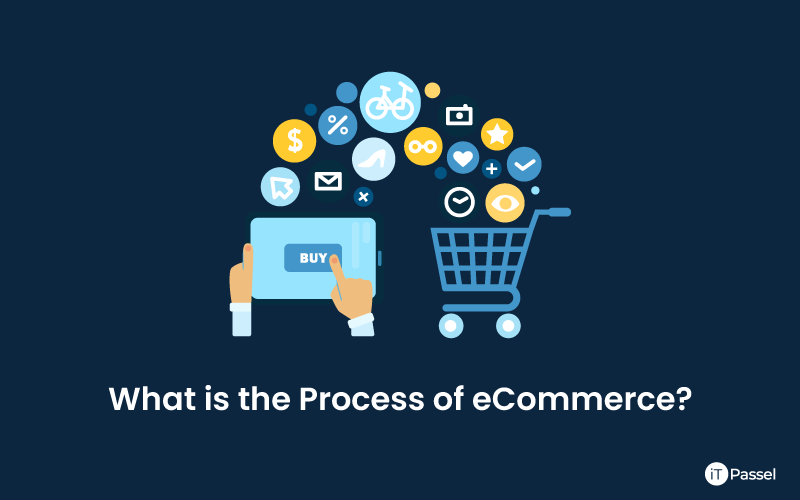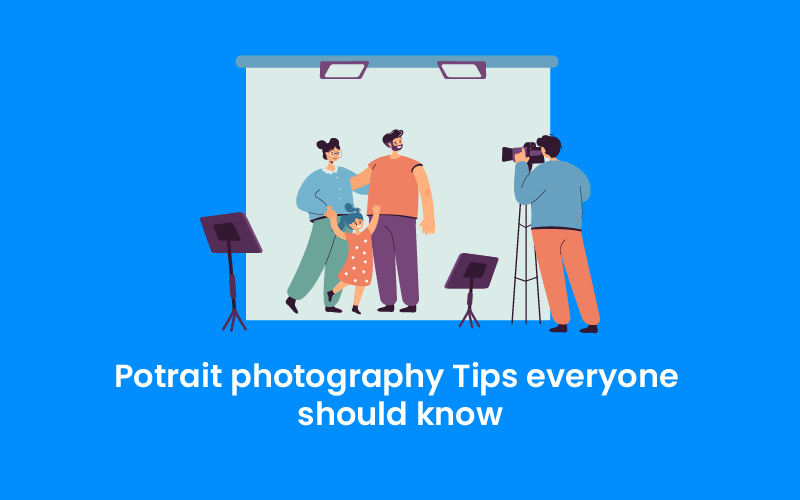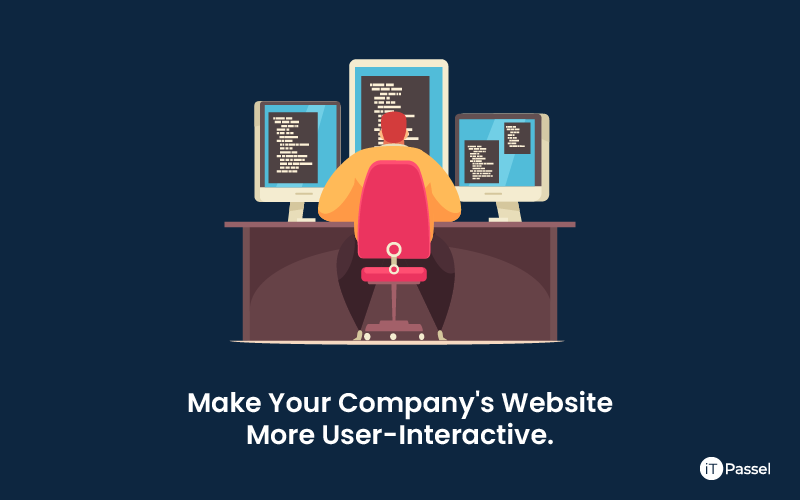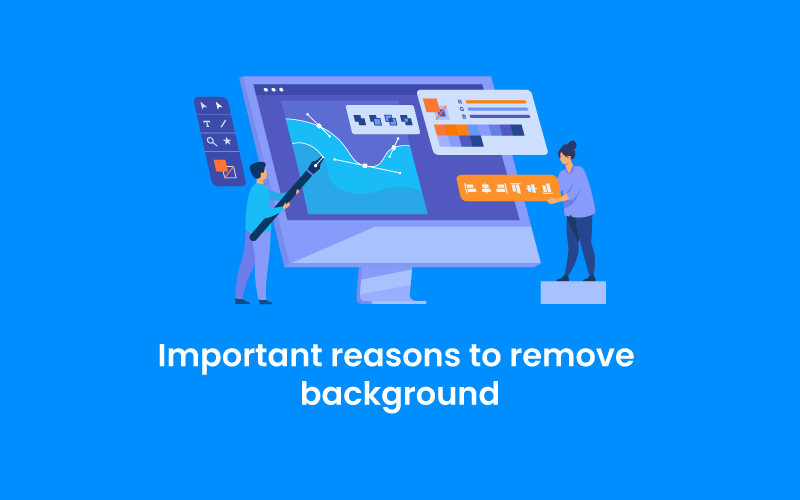We use cookies to make your experience better. To comply with the new e-Privacy directive, we need to ask for your consent to set the cookies. Learn more.
What is the Process of eCommerce? What exactly is eCommerce?

E-commerce, or electronic commerce, refers to any business transaction that takes place through the internet. The fact that more than 93.5 percent of global internet users have purchased a product or service online at least once indicates the prevalence of these transactions. The present Covid-19 pandemic has acted as a drive for e-commerce enterprises to increase their market position. Let's begin our exploration of e-inner commerce's workings by taking a quick look at its history.
List for Ecommerce process
- Ecommerce’s background
- What are the most important ecommerce components?
- What Is E-Commerce and How Does It Work?
- What should an ecommerce website include?
- What Is the Best Way to Create an E-Commerce Website?
- Different types of e-commerce Types of ecommerce mobile apps Business Models
- Business models for Ecommerce
- Should I Set Up My E-Commerce Store on a Marketplace or on My Own Website?
- How can Ecommerce be used to sell data?
- The benefits and drawbacks of ecommerce
- What Is E-Mobile Commerce's Future?
- How can ecommerce website be promoted
- How Can E-Commerce Success Be Measured?
- Conclusion
eCommerce's Background
A cursory glance at the e-commerce timeline reveals the following:
In the year 1887, IBM, or International Business Machines, was founded, and it became a forerunner of the electronic business in the decades to come. It was established by Herman Hollerith, a statistician from the United States.
IBM invented OLTP (Online Transaction Processing) to manage monetary transactions in real-time utilizing advanced computerized systems during the 1950s and 1960s. For American Airlines, IBM developed the SABRE (Semi-Automatic Business Research Environment), which transformed airline reservations. Its transaction processing programme was transformed to CICS, or Customer Information Control System, at the end of the next decade, in 1969, and went on to become one of the company's most successful products. Docutel invented the ATM (Automated Teller Machine) in 1970, which depended on bank computers for online transactions. It ushered in a new era of exceedingly complex transaction processing.
- In 1979, English inventor Michael Aldrich created the first kind of electronic shopping by using a telephone connection to connect a customized television to a transaction-processing computer.
- 1980: Giants like America Online (AOL), Prodigy, and CompuServe pioneered shopping from home utilizing computers and telephone lines.
- The world's first e-commerce company, Boston Computer Exchange, was founded in 1982.
- 1989: With the development of the World Wide Web by Tim Berners-Lee, the spectacular expansion of e-commerce began.
- Jeff Bezos launched Amazon.com in 1994. Marc Andreessen built the Netscape Navigator web browser in the same year, which introduced the Secure Sockets Layer (SSL). SSL introduced built-in encryption to ensure the safety of credit card transactions. It was the birthplace of the dot.com craze.
- PayPal, the first e-commerce payment system, was created in 1998 and eventually combined with Elon Musk's online banking company in 2000.
- Alibaba Online, an online marketplace, was started in 1999 with a capital of more than $25 million USD.
- As the dot.com bubble broke in 2000-2001, more than 750 enterprises went bankrupt. Amazon.com's stock was worth less than 10% of its initial value at this point. Google AdWords was created at the same time as an internet advertising tool for many businesses.
- With key businesses like Facebook, Apple, Instagram, Jet.com, BigCommerce, Stripe, Etsy, and Google Wallet entering e-commerce operations, e-commerce has established a 3.4 percent share of total global sales in 2008.
- In 2017, the technological behemoth Google began its quest for a superior mobile experience, recognising that the majority of internet users only use mobile devices.2020:
- E-commerce began to take off, with the US Census Bureau reporting that e-commerce retail sales in the third quarter of 2020 totaled 209.5 billion dollars.
What Are the Most Important Ecommerce System Components?
Following a review of e-commerce history, it is vital to understand all of the system's critical components, which include:
- The only way to exchange goods and services for money is to do so online. The customer never sees the product in person until it arrives at their location. Businesses, on the other hand, can accept prepaid or cash-on-delivery payment methods.
- E-tailer: The many online retailers are the sources that provide customers with various products or services. Stocks, items, dispatch availability, and timely delivery are all checked by these sources.
- The webserver is in charge of the storefront and transaction operations on the internet. As a result, links with the bank's computers for credit card information are established.
- Database system: It aids in the checking of items by constantly updating data in accordance with incoming orders and contacting suppliers when stock levels are low.
While keeping connected to the warehouse, the dispatch system locates and sends products to buyers in real time. - What Is E-Commerce and How Does It Work?
E-commerce functions similarly to any other offline or retail firm. Receiving orders, processing order information, and shipping are the three most important functions in e-commerce. Let's take a closer look at the virtual process that takes place from computer surfing to dispatching.
These are the steps:
- A shopper searches for products on e-commerce using a smart device such as a computer or a smartphone. The customer's web browser talks with the ecommerce website's web server at the same time.
- The customer's order is received by the web server, which processes it and sends it to the order manager. The central computers get a bird's-eye view of the entire order fulfillment process.
- To check the stock availability of the customer's order, the order manager conducts queries in the database.
- A customer order confirmation from existing stocks is handled by the stock database system. The system provides an anticipated delivery date based on the supplies after it is confirmed in stock. The stock database system orders new supply from manufacturers or distributors if it is not present.
- The next charge line is sent to the merchant system, which collects information about the customer's credit or debit card. Customers' bank PCs may be subjected to several checks by this system.
- The bank's computer validates that the customer's account has sufficient funds.
- At this moment, the merchant system confirms the transaction permission. However, the money is not completely removed for a few days.
- The web server receives information about successful transactions from the order management.
- The web server subsequently sends the information to the consumer via a web page that includes order confirmation and transaction processing information.
- The order management system sends a request to the warehouse system to start shipping products to customers.
- The items are collected by the fleet system or trucks, which then deliver them to the clients.
- When the goods are dispatched, the warehouse computer system sends an email to the customer informing them of the en-route delivery.
- After that, the goods are delivered to the customer's address.
What Should an E-Commerce Website Include?
Only about one million of the world's 12-24 million e-commerce sites sell more than $1,000 USD per year. As a result, having an e-commerce site with basic functionality that customers can use is critical.
The following are some of these characteristics:
A comprehensive list of different products or goods available on various marketplaces or ecommerce sites.- The customer interface, or web page, should be visually appealing, user-friendly, and simple to navigate.
- It is critical to optimize your e-commerce website or webpage for mobile devices.
- Different clients can be offered seasonal or occasional discounts by businesses. Going for tailored offerings to entice clients is a great idea.
- The payment processing system should be secured to prevent unwanted access to client data.
- The checkout experience on your e-commerce site should be clutter-free and straightforward. It lowers cart abandonment rates even more.
- Every purchase should have the option of adding reviews, photographs, and ratings.
What Is the Best Way to Create an E-Commerce Website?
12 Important Guidelines For Your eCommerce Store's HomePage Design. An e-commerce website must have a user-friendly and appealing design that attracts clients rapidly. The following are the quick steps for creating an e-commerce website:
- Obtain a domain name
- Choose a website builder.
- Choose an e-commerce platform to integrate.
- Choose a payment gateway provider that accepts online payments.
- Choose a web hosting company.
- Wireframes are the first step in creating a website, followed by prototypes.
- Create an e-commerce website style guide.
- Draw a diagram of the site's structure.
- Maintain a constant layout.
- Compress all photos on the site to increase page performance and optimize each page for SEO
- The e-commerce website's launch
Different types of e-commerce Types of ecommerce mobile apps Business Models
B2C stands for business to consumer and refers to transactions between firms and their end clients. From one company to another: B2B stands for business-to-business, and it refers to transactions between manufacturers and wholesalers or manufacturers and merchants. Marketplaces: These online stores let third-party merchants sell their goods and services on their sites.
Business Models for eCommerce
- Amazon is a popular alternative for online buying, and businesses can benefit from Amazon collaborations.
- Wholesale: Alibaba is a well-known wholesale e-commerce platform that attracts companies from all over the world.
- Dropshipping: Shopify is the most popular dropshipping ecommerce platform for a variety of enterprises.
- Netflix is a leading subscription-based e-commerce company that provides users with premium services.
- Microsoft provides a wide range of digital products to organizations throughout the world.
- Physical goods: Etsy makes it simple for buyers to order and purchase various physical goods.
- Many e-commerce enterprises provide various services such as legal services, healthcare, accountancy, tax, and so on.
Should I Set Up My E-Commerce Store on a Marketplace or on My Own Website?
ecommerce-marketplace-companies-blog
The selection of items for your e-commerce store from the marketplace or website is a common question. While both a website and a marketplace offer their own set of advantages for each e-commerce business, it all comes down to the start date. Startups can take advantage of existing marketplaces to help them achieve traction, while established businesses can invest safely in their websites.
How Can E-Commerce Be Used to Sell Data?
E-commerce is here to stay since it can do so much more for your business than just raise sales. Many businesses are already utilizing e-commerce to sell information through a variety of free and subscription-based services. Transactions that further sell are becoming increasingly popular in online publishing.
The Benefits and Drawbacks of E-Commerce
The following are some of the most important benefits of e-commerce:
- It provides customers with a quick shopping experience regardless of where they are in the world.
- Email marketing and social media advertising make it simple for firms to reach out to worldwide clients.
- There is no need to invest in a real store or salespeople when a virtual or e-commerce site may be used instead.
- E-commerce sites allow businesses to provide highly tailored user experiences.
- E-commerce can considerably boost a company's overall revenue.
- The following are some of the factors to consider when dealing with e-commerce.
- Because customer engagement is limited, the human touch in decision-making is lost.
- Customers are never given the opportunity to sample and test products.
What Is E-Mobile Commerce's Future?
Ecommerce statistics for mobile phones from 2016 to 2021
In developing markets, mobile commerce, or m-commerce, has a bright future. According to a Google survey from 2012, 74% of consumers will return to a mobile-friendly site. Because of the rise in mobile traffic, mobile-friendly e-commerce sites are becoming increasingly popular. Furthermore, on weekends, mobile traffic outnumbers or equals PC traffic. In addition, Google has already made the switch to a "mobile-first" version. As a result, e-commerce has a bright future with mobile users.
If you want to do mobile e-commerce, you basically have four options:
- It's time to look at the must-have features for any e-commerce website that wants to target mobile users. These are the following:
- Responsive design: The e-commerce website must be redesigned to meet mobile requirements. A shared CSS with conditional rules for multiple screen dimensions can be used to do this.
- Dynamic serving is all about creating somewhat different e-commerce sites for desktop and mobile customers. Because ASP/PHP testing optimizes web pages, it provides a better user experience.
- Many firms prefer to have a distinct mobile version of their e-commerce site. When the world's most popular search engine, Google, has gone mobile-first and given precedence to mobile-friendly websites, this is the best option.
- Separate mobile app: Provide your customers with a free e-commerce app. It assures that there are no distractions from different advertisements, competing specials, and so on.
- How can e-commerce websites be promoted?
There are several methods for attracting customers to an e-commerce website. Here are a few examples:
Search Engine Optimization, or SEO, is a technique that employs the power of keywords to improve the ability of an e-commerce website to rank in various search engines.- Nothing beats the power of social media when it comes to promoting an e-commerce company. Traffic from social media can be used to drive traffic to e-commerce companies. Google My Commercial, Instagram, Pinterest, LinkedIn, Twitter, and Facebook are some of the most popular social media networks that can be used for business purposes.
- Businesses can use discount codes, promotions, special sales, and other methods to advertise their e-commerce website. Customers may be enticed to give your e-commerce site a try because of the reduced prices.
- Paid traffic can be contacted through several social media outlets, websites, search engines, and other methods. Google Ads is the most used type of PPC, and it is used to attract traffic to an e-commerce site.
- Organic or paid recommendations can help e-commerce companies gain more traffic. Businesses can also take use of referral codes that are shared across various organizations.
- Conversion Rate Optimization for E-Commerce Websites Understanding Conversion Rate
- Do you know that 68% of small firms lack a written and well-defined conversion rate optimization (CRO) strategy? So, what exactly is this conversion rate?
- The total number of conversions divided by the total number of visits is the easy calculation. As a result, it's a rapid estimate of the percentage of visitors who become paying customers. This conversion is determined by the type of business and can be tracked using Google Analytics.
How Can E-Commerce Success Be Measured?
Do you know that almost 58 percent of customers cease using a company's products or services just because of a bad customer experience? As a result, it's more important than ever to track the success of your e-commerce platform. The following are some examples of reputable web analytics tools for tracking e-commerce success:
- Google Analytics is a tool that allows you to track
- Kissmetrics
- Piwik
- SE Ranking of Mixpanel
- Foxmetrics\sGauges
- Clicky
- While the techniques described above are excellent for determining e-commerce performance, it is also critical to consider the most important KPIs for any company.
You can select from the following KPIs based on your business niche and target customers:
Amount of transactions- Organic, referral, social, and direct traffic are all types of traffic.
- Bounce rate on organic landing sites, email blasts, and other measures of audience engagement
- Gains in organic, referral, and sponsored traffic
- Revenue sources include organic, referral, social, paid, and direct.
- Order value on average
- The percentage of customers that quit their shopping carts
- Rate of conversion
- Rate of re-entry
Conclusion
Understanding how e-commerce works is beneficial for many prospective entrepreneurs and established firms, as more than 95 percent of all purchases will be made online by 2040. Commercial transactions through the internet have been around since 1887, when IBM was founded. It is simple to grasp the many components of e-commerce before diving deeper into this popular business strategy. A fast list of must-have elements in an e-commerce website, as well as related processes for designing one that meets your demands, will help firms safely enter this hard sector.
The B2C, B2B, and marketplace e-commerce models, as well as some of the best examples in e-commerce areas, are not to be missed. After reviewing the primary pros and downsides of e-commerce, you must choose between a marketplace or a website for your e-commerce. With over 93 percent of Millennials researching e-commerce deals only on their mobile devices, it's critical to consider the mobile e-commerce must-haves. A short look at the promotion, conversion rate, and e-commerce success measurement at the conclusion makes it simple for anyone to grasp how e-commerce works.
So, if you're working on an e-commerce project, contact IT Passel, a top e-commerce development firm with offices throughout the world.




